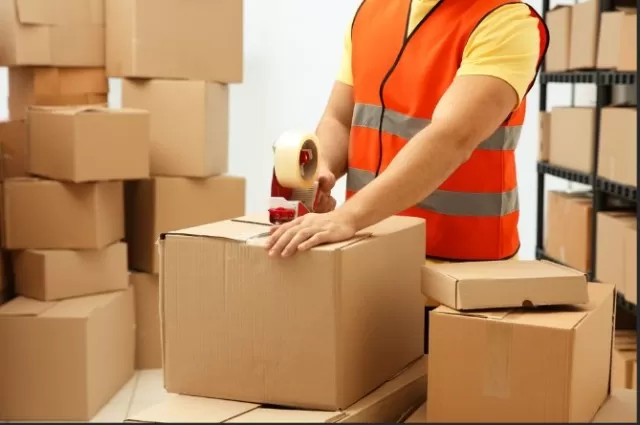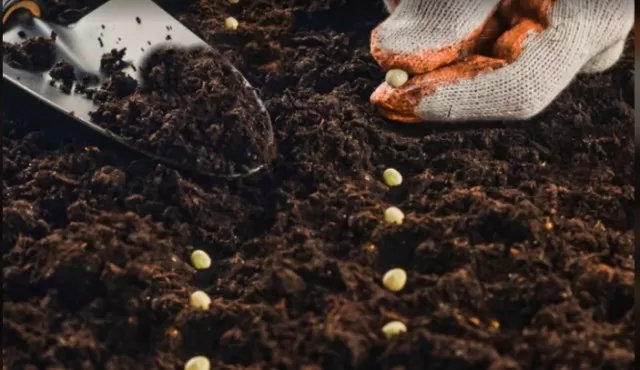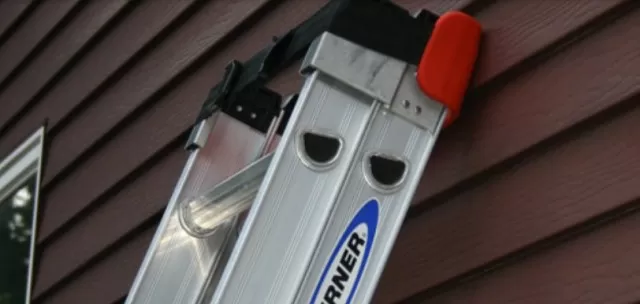12 Creative Uses for Packing Peanuts (Part 1). When you find yourself with a surplus of packing peanuts after unpacking a shipment, don’t rush to discard them. These lightweight and Versatile materials can be repurposed in numerous Creative Ways. Remember to store packing peanuts in a dry place to prevent them from deteriorating over time. By repurposing these packing materials, you not only reduce waste but also tap into their versatility for a variety of practical and creative applications.
Efficient Recycling: Getting the Most Out of Packing Peanuts

The primary and most straightforward method of reusing packing peanuts is to employ them for their intended function—protecting items during shipping and packing.
Rather than discarding them, store these handy packing materials for future use. Whether you’re preparing to send a delicate item through the mail or carefully packing away your cherished holiday dishes, those packing peanuts can step back into action, ensuring that your valuables remain safe and sound on their journey.
Keeping Drinks Cold with DIY Packing Peanut Cooler
Need a quick and inventive way to keep your drinks cold on a hot day? Try this simple DIY cooler hack: Fill a tub or container with polystyrene packing peanuts.
These lightweight and insulating materials can act as effective insulation for your cold beverages. Simply place your drinks inside the tub, and the packing peanuts will help maintain their chill, keeping you refreshed and cool without the need for a traditional cooler. It’s a practical and resourceful solution for any outdoor gathering or picnic.
Enhancing Plant Drainage with Packing Peanuts

When it comes to potted plants, especially in larger planters, ensuring proper drainage is essential for their health.
An effective way to promote drainage and manage the weight of the planter is by incorporating a layer of packing peanuts at the bottom.
Here’s how it works: Begin by placing a layer of packing peanuts at the base of your planter before adding soil and your chosen plants.
These lightweight peanuts create an efficient drainage system, preventing excess water from pooling at the roots and potentially causing root rot. Additionally, they serve as a substitute for some of the heavier soil, reducing the overall weight of the planter.
This not only facilitates drainage but also makes it more manageable to move the planter around as needed. It’s a practical solution to promote healthy and mobile potted plants.
Reviving Comfort with Packing Peanuts
If you find yourself with a deflated beanbag chair or sagging Throw Pillows, you can breathe new life into these comfort items with leftover packing peanuts.
Simply gather up those packing peanuts you have on hand and use them as filler to add some extra fluff and support.
For beanbag chairs, in particular, this can be an excellent way to rejuvenate their shape and comfort.
Just unzip the cover, insert the packing peanuts, and adjust the amount to your desired level of firmness. The same method works wonders for revitalizing throw pillows or other items around your home that could use a little extra plumpness.
It’s a cost-effective and eco-friendly solution to extend the life of your favorite cozy furnishings.
Preserving Your Walls with Packing Peanuts

Here’s a clever tip for safeguarding your walls from scuffs and scrapes caused by framed mirrors and artwork: Cut a packing peanut in half using a sharp knife, and then apply adhesive to the flat edge.
Attach these modified packing peanuts to the back of your framed items before hanging them on your walls.
This ingenious cushioning solution serves as a protective barrier, preventing your artwork and mirrors from making direct contact with the wall surface.
As a result, you can enjoy your wall decor without the worry of unsightly marks or damage. It’s a simple yet effective way to maintain the pristine condition of both your walls and your cherished decorations.
*The information is for reference only.